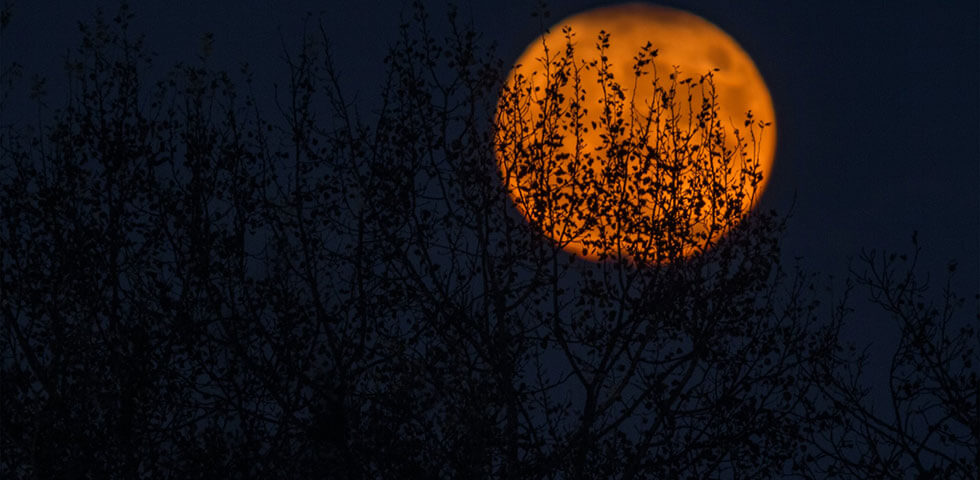Halloween, while different this year, shows its face in the many traditions we have created around it – candy corn, plastic pumpkins with sly grins, hay bales, witches, spiders, and ghosts. These traditions are typically familiar to those of us around us, and we may assume that October 31st and the days before and after, look the same for everyone – but there are other traditions even more interesting. As we come into the colder, darker, cozier season and approach the holidays, many different cultures have ways of thinking of those they have lost, and keeping their memories alive. Let’s look at some of the various other traditions and celebrations that take place at this time of year.
To start with a little history – Halloween, or All Hallows’ Eve, has been celebrated on the 31st since the beginning, as this was considered last day of summer before the cold winter. It began as a Celtic tradition, and it was believed that on this night ghosts of the dead came back to the living world, and others needed to wear masks (not the medical kind!) when leaving their homes to keep the ghosts confused
November 1st and 2nd, All Saints’ and All Souls’ Days, have been long celebrated by Western Christians as a day to remember their loved ones and even visit their graves to leave candles or flowers.
Elsewhere in the world, other traditions are upheld:
- In Nepal, the Festival of the Cows (Gaijatra) is celebrated to remember the people who died in the previous year, while helping with the pain and acceptance of death. Family members who have lost a loved one in the last year lead a procession of cows through the center of the town. In Hinduism cows are considered sacred, so it is believed they can be a guide for the recently deceased.
- In Mexico, El Día de los Muertos, or The Day of the Dead, is observed on the first two days of November. This celebration is much less solemn, and includes food, music, drinks and engaging in activities their loved ones enjoyed during life. Beautiful skulls and crosses are used as decorations to mark the occasion.
- With similar color and fanfare, The Bon Festival (Obon), (held in August) has been celebrated in Japan for over 500 years. It is a festive celebration to honor loved ones who have died, accompanied by fireworks, dances and games lasting three days. At the end of the Buddhist festival of Obon, the Japanese celebrate Toro Nagashi, where thousands of lanterns are set on the water to remember the souls that have died.
- In East Asian countries, The Hungry Ghost Festival, takes place throughout the ‘ghost month’ of the Chinese calendar, when it is believed that spirits come back to the living world to roam. On the 15th day, offerings are made, even leaving a space at the table for the departed soul. At the end of the month, families place lanterns on the water to help lead the souls back to their former world.
As you can see, there are so many ways that different cultures celebrate their dead – and that’s the most interesting part – the celebrations. While many times we think of only mournful or sad times accompanying death, bringing people together to unite and rejoice over the lives of the deceased is very common. One way that all different countries and peoples to this is through the common theme of light – whether it be lanterns on water, or sent to the sky, or candles left on the streets – light has been used for centuries as a way to remember those we have lost. Maybe this fall, you can light a candle or use light in another way to remember a loved one your family has lost.

